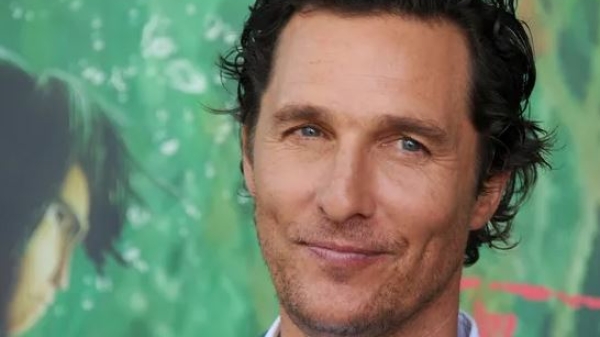Is morality on TV portrayed in black and white?
“What if the desperate man whose transformation from Mr. Chips to Tony Montana wasn’t a white suburban dad, but a black man in the inner city?” wrote Arizona State University associate professor Bambi Haggins, on Sept. 29, about TV’s “Breaking Bad” series.
Haggins, a film and media studies specialist in the Department of English, penned a column for the New York Times’ “Room for Debate” feature, which asked six writers to weigh in on the heavy topic of morality on television. Haggins contrasted the portrayal of “methamphetamine kingpin Walter White,” played by Bryan Cranston, with Stringer Bell, a black character on "The Wire," played by Idris Elba.
“One is a college educated white man confronted by his mortality, making the unexpected choice to ‘cook’ his way into securing his family’s future. The other is a black man who grew up amid crime, drugs and poverty, and aspired to use his sole option, ‘the game,’ as a way out,” Haggins wrote in the piece.
“There is a degree of moral ambiguity in our conflicted relationships with these characters that affects and is affected by a multiplicity of culturally coded expectations as much as by notions of good and evil.”
The Department of English is an academic unit in the College of Liberal Arts and Sciences at ASU.
Article source: The New York TimesMore ASU in the news

Supply chain effects of Baltimore bridge collapse

Arizona State University helping prepare people for careers in growing semiconductor industry
